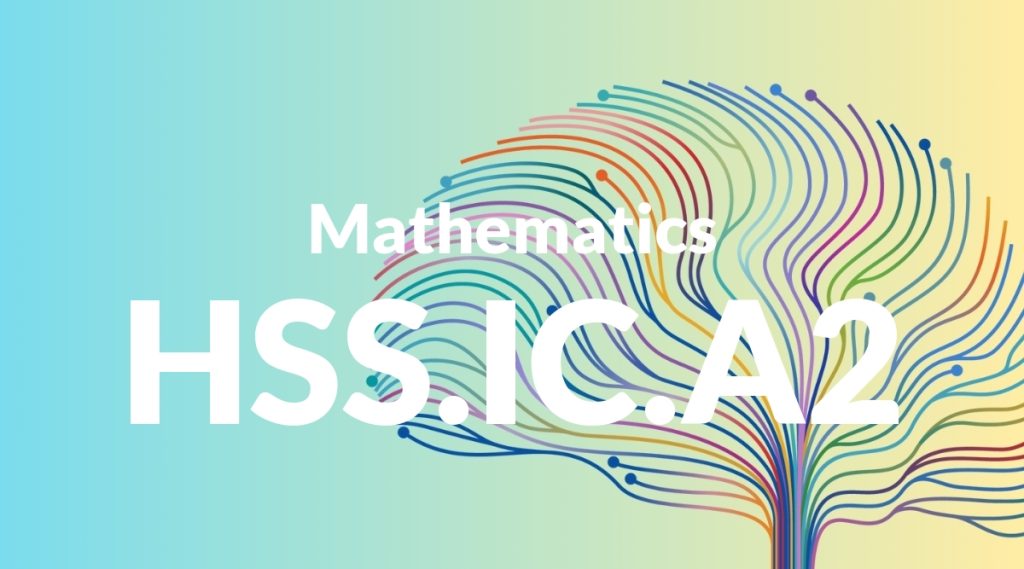Standard: HSS.IC.A2 – Decide if a specified model is consistent with results from a given data-generating process, e.g., using simulation. For example, a model says a spinning coin falls heads up with probability 0.5. Would a result of 5 tails in a row cause you to question the model?
Grade level: High School: Statistics & Probability
Subject: Mathematics
Domain: Making Inferences & Justifying Conclusions
Teacher Overview
This standard focuses on evaluating whether a given model is consistent with observed data. It is crucial for students to understand how to use data to validate models, which is a fundamental skill in statistics and probability. This skill is important for making informed decisions based on data. Students need to understand basic probability concepts and how to interpret data. They should be comfortable with the idea of probability distributions and expected outcomes.
After mastering this standard, students will be able to perform more advanced statistical analyses, such as hypothesis testing and confidence intervals, and apply these skills to complex real-world scenarios.
Common Misconception 1
A common misconception is that a short sequence of results that deviates from the expected outcome means the model is incorrect. This is incorrect because short-term deviations are normal and expected.
Intervention 1
To address this misconception, use simulations to show how short-term deviations occur naturally and demonstrate that the model is still valid over the long term.
Common Misconception 2
Another misconception is that a model is incorrect if it does not predict every individual outcome. This is incorrect because models are designed to predict long-term trends and probabilities, not individual events.
Intervention 2
To address this misconception, explain the difference between predicting individual outcomes and long-term trends. Use real-world examples to illustrate how models are used effectively despite not predicting every single event.
Prerequisite Knowledge
Students should have a basic understanding of probability, including concepts such as probability distributions and expected outcomes. They should also be familiar with the basics of data collection and interpretation.
Subsequent Knowledge
Students will develop skills in more advanced statistical analysis, such as hypothesis testing and confidence intervals. They will also learn to apply these concepts to complex real-world scenarios.
Instructional Activities
- Simulate coin tosses and compare the results with the expected probability.
- Analyze sports performance data to determine if a player’s performance aligns with statistical expectations.
- Evaluate weather prediction models using historical weather data.




